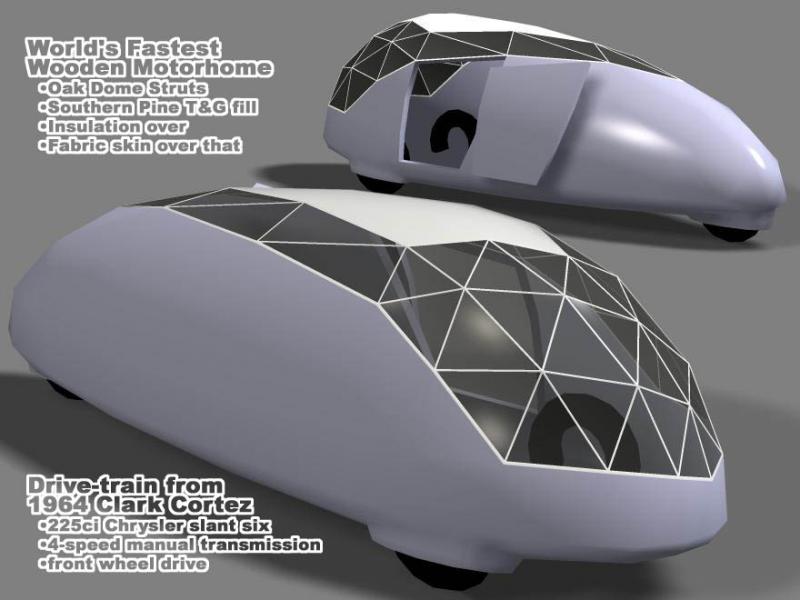If an artist didn't struggle with his materials, it wouldn't be art.

Have some inspiration:

If the air wasn't parched and dry that thing would be fogged up. Think about humidity as much as heat.
Quote:
I was actually hoping to do a more advanced take with a laminated composite straight sections that have a scaffold and fit together like a compound eye. material with active dimming layers built in...
I'd be happy if I could just start with the basics of how they are formed, I have heard that they are blown and that they are vacuum formed..
|
[approximately] Hemispherical bubbles are blown. Formed bubbles are vacuum drawn. My folks had a desktop device that would form sheets about as thick as blister packaging. It's a very simple process, a hinged door that swings from the heat side to the vacuum side. The complication is that the form needs to be
*optically perfect*, one shot, no do-overs.
Insofar as the faceting: I have a design for a motor home that uses flat glazing. It looks like this:

One development I noticed lately is that
Bruce Meyers has updated the Manx.

Notice the hidden wipers. You could do worse than start with a Kickout SS hood and windshield frame and a Superbeetle windshield and just fill in the rest of your car behind it. With a bullet-proof transparent roll cage.
Quote:
|
Originally Posted by thewindkeeper
...net shape out of a soccer ball type pattern. this may have a few interesting properties but in all likelyhood is a nightmare of complexity...
|
Actually—mathematically defineable to any desired precision.
http://www.google.com/search?q=geodesic+chord+factors